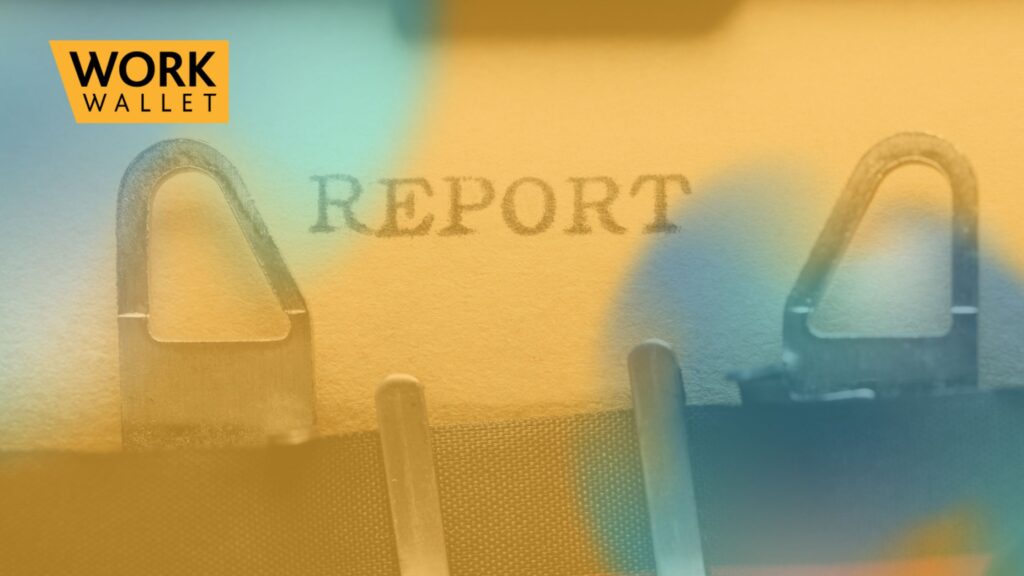Understanding Mandatory Occurrence Reporting
29 January 2025

As a dedicated health and safety provider based in Derby, we are committed to helping businesses navigate the latest safety regulations and ensure their sites remain compliant and secure. On 17 August 2023, the Department for Levelling Up, Housing, and Communities published a series of secondary regulations under the Building Safety Act (BSA), introducing stricter controls for higher-risk buildings. One of the most significant changes is the introduction of Mandatory Occurrence Reporting (MOR), a system designed to improve the reporting and management of building safety risks. Here is Work Wallet's guide to understanding Mandatory Occurrence Reporting; let us know if you have any questions.
What is Mandatory Occurrence Reporting?
Mandatory Occurrence Reporting (MOR) is a system that requires principal duty holders to establish and maintain processes for reporting safety incidents related to the structural integrity and fire safety of higher-risk buildings. MOR is designed to ensure that any issues—whether they arise during the design, construction, or operational phases of a building's lifecycle—are identified and addressed promptly, preventing catastrophic events.
A safety occurrence can refer to any situation that affects a building's structural safety or fire risk, including design flaws that could cause similar problems if constructed.
Who is Responsible for Understanding Mandatory Occurrence Reporting?
Principal duty holders are accountable for establishing and managing the MOR system. These individuals must ensure the system is in place before construction begins and continues throughout the project. The principal duty holders include:
- Principal Contractor (or Sole Contractor)
- Principal Designer (or Sole Designer)
Once the building is occupied, the Accountable Person is responsible for maintaining the MOR system. The Accountable Person must continue the reporting procedures during the building's operation.
What Responsibilities Does MOR Impose?
Principal duty holders are responsible for ensuring that everyone involved with the building—designers, contractors, and site visitors—understands their role in the reporting process. They must make sure all parties are informed of the system and the requirement to report any incidents that might affect the building's safety.
There are two key types of reports:
- Pre-construction incidents: Any concerns the designer or contractor raises before work begins.
- On-site incidents: Any concerns raised by other individuals upon entering the site.
Throughout the construction phase, principal duty holders must conduct regular inspections to identify safety occurrences and ensure that reports are made when required.
- Principal Contractors must inspect the work site at appropriate intervals.
- Principal Designers must focus on monitoring the design aspects of higher-risk buildings.
Reporting to the Building Safety Regulator (BSR)
If a safety occurrence is identified, the principal duty holder must report it to the Building Safety Regulator (BSR) in line with Regulation 33 of The Building (Higher-Risk Buildings Procedures) (England) Regulations 2023.
The report must be made in writing and submitted within 10 days of the incident being discovered. The report should include the following details:
- The date and time of the safety occurrence
- The address of the site where the occurrence took place
- The name and details of the reporting principal duty holder
- A description of the risk and incident details
- Any remedial actions or mitigation measures taken
Failure to report a safety occurrence to the BSR can lead to fines for the principal duty holder, emphasising the importance of compliance.
Protect Your Business and Stay Compliant
Understanding Mandatory Occurrence Reporting and complying with the Building Safety Act is crucial for ensuring the safety of higher-risk buildings. As health and safety experts, we're here to help guide your business through the complexities of Mandatory Occurrence Reporting and ensure that you meet all the legal requirements. If you need assistance implementing MOR or have questions about building safety, don't hesitate to contact our team. We're proud to support businesses in Derby and beyond in maintaining safe, compliant, and risk-free environments.
Share post
More Posts
Permit to Work Systems: Essential for Workplace Safety
Feb 2025
A Permit to Work (PTW) system is a formal safety control mechanism that authorises high-risk work in hazardous environments. It...
How to Create a Safer Workplace with Permit to Work Systems
Jan 2025
At Work Wallet, we are committed to creating safer workplaces by offering innovative solutions that simplify health and safety management....



